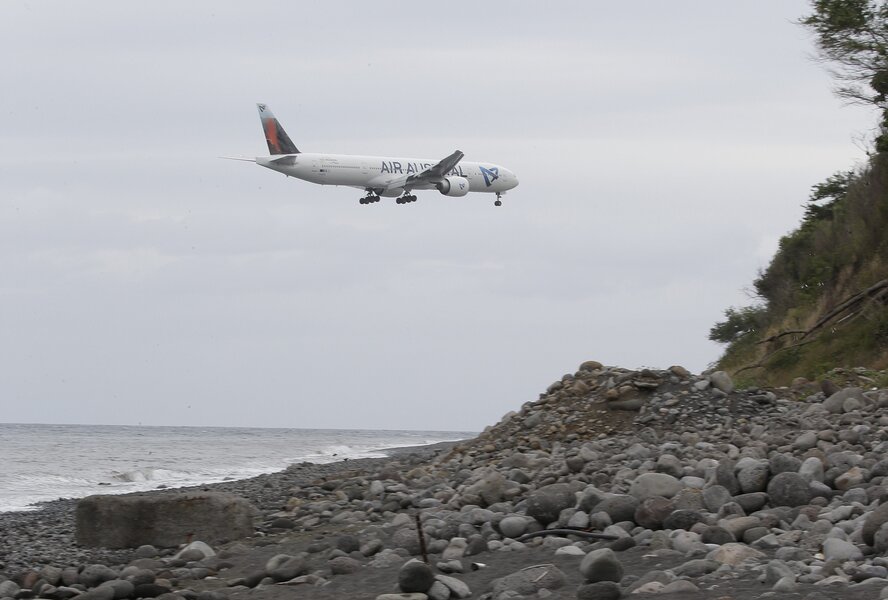MH370 search: What you need to know
Loading...
A piece of airplane debris believed to be from a Boeing 777 was found by beach cleaners last week, giving hope to official investigators looking to solve the mystery of the Malaysia Airlines flight that disappeared without a trace in March 2014.
As the investigation continues, here are five questions answered about the mystery of the missing plane.
Is the debris confirmed to be from the missing Malaysian flight?
No. It's not certain that the debris found last week is from the flight that vanished in March 2014. However, Malaysia's deputy transport minister Abdul Aziz Kaprawi told AFP, "from the part number, it is confirmed that it is from a Boeing 777 aircraft. This information is from MAS (Malaysia Airlines)."
Currently Flight 370, which disappeared March 8, 2014, with 239 people on board, is the only missing 777. The plane part was found covered in barnacles, which will play an important role in determining how long the piece has been in the water, as the sea creatures have a specific growth rate which can be calculated, according to NBC News.
Have any more pieces of debris been found?
None confirmed to be part of MH370. After the wing flap was found, two other pieces of debris have been found nearby, but neither are suspected to be part of the plane. One of the pieces was part of a suitcase, which is not believed to have been on the missing flight, and the other piece has been identified as a domestic ladder.
Where is the search focused now?
Before the plane crash, flight controllers received communication from the mission 12 minutes after takeoff. “If [the debris is] really from that airplane, it is way far from where it was last spotted, near the southern tip of Vietnam – roughly 3,800 miles away,” reported Wired on July 29. “Which means it’s also way far from where the search for the plane has been concentrated,” primarily off the western coast of Australia.
Is the search team looking in the wrong place?
Nearly 4,000 miles separate the location of the search operation and Reunion Island where the debris was found. However, this distance has actually given Australian Transport Safety Bureau Chief Commissioner Martin Dolan, who is leading the hunt, greater hope that the search team is looking in the right place. Ocean modeling predicted that the wreckage would eventually be brought to the African coast, so "We remain highly confident in our work defining the search area," said Mr. Dolan to The Associated Press.
How long will the search last?
“[A]s long as there are reasonable leads, the search will go on," Australian Prime Minister Tony Abbott told reporters in March, according to The Christian Science Monitor. "We've got 60,000 square kilometers that is the subject of this search. If that's unsuccessful, there's another 60,000 square kilometers that we intend to search and, as I said, we are reasonably confident of finding the plane."
Currently, Malaysia is seeking help in finding more plane debris from territories near Reunion island, reported The Associated Press on Sunday.






